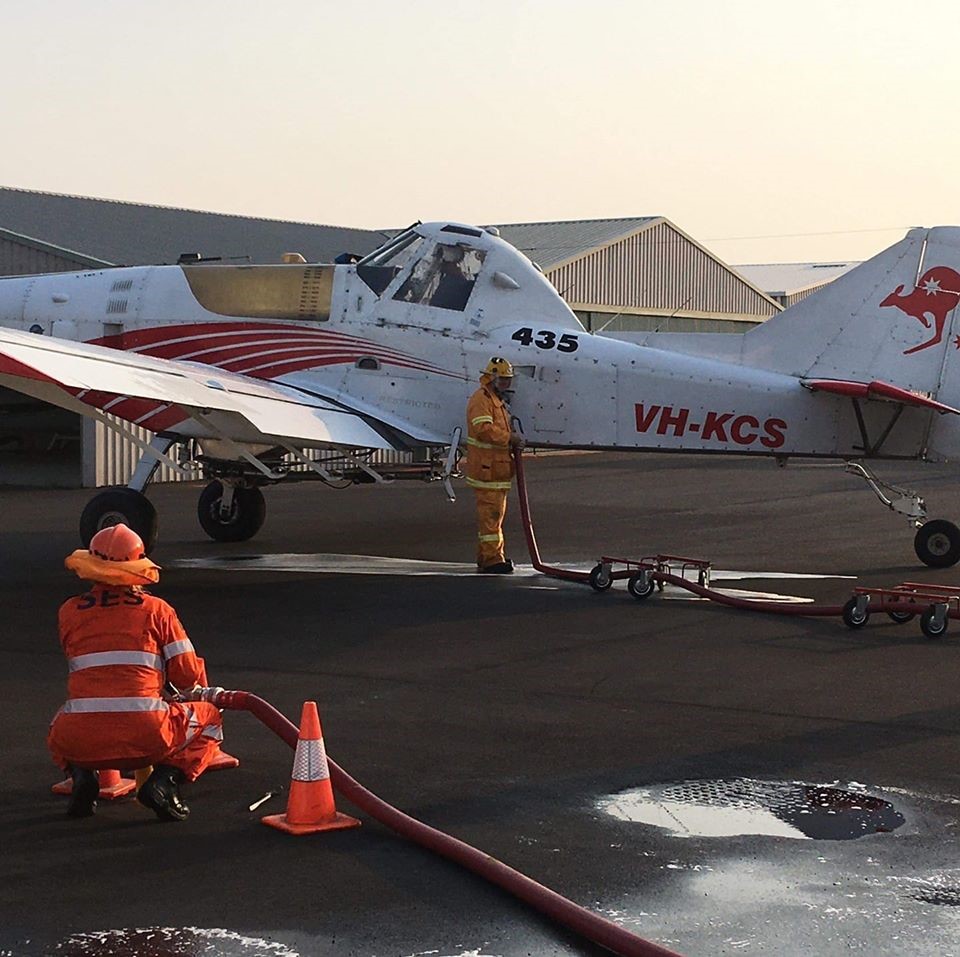
The commencement of a new aeromedical precinct will ensure that 2019 will be viewed as a watershed year for the Bundaberg Regional Airport.
Mayor Jack Dempsey said the $6 million project will provide a state-of-the-art facility to service the requirements of the Royal Flying Doctor Service (RFDS) and LifeFlight which are based in Bundaberg and operate out of the airport.

“The new centre, which is on the verge of completion, will ensure the best possible treatment for patients utilising these services as well as providing medical equipment storage areas and modern aircraft maintenance facilities,” said Mayor Dempsey.
He said the airport continued to play a pivotal regional transport role with its two commercial carriers, Qantas and Alliance, catering to around 154,000 passenger movements during the past year.
Bushfires promote increase in air traffic
“The spate of bushfires experienced across the region towards the latter part of 2019 resulted in significant use of the airport facilities for water-bombing aircraft.
“It’s estimated that there were more than 500 water bomber take-offs during the Woodgate, Gregory River and Colosseum fires.”
Mayor Dempsey said that during the aerial fire-fighting operations fire-bombing aircraft were landing or taking off every couple of minutes which created a huge increase in activity over normal traffic operations.

“Full credit to airport staff who were able to host the emergency without incident or compromising the requirements of other airport users,” he said.
Airport and tourism portfolio spokesman Cr Greg Barnes said Council continued its focus on ensuring the airport met contemporary standards for both the travelling public and carriers using the facility.
“The completion of a $260,000 covered walkway was an investment that ensures additional passenger comfort and protection, particularly during inclement weather,” he said.
New runways improve aircraft efficiency
Cr Barnes said the commencement of new taxiway Alpha and the extension of taxiway Hotel will provide access from the aviation precinct to the current parking apron and to the main runway.
“In practical terms this will improve operational efficiency of the main runway by reducing the time aircraft need to be on the runway. Importantly, it also links the new RFDS/Lifeflight base to the runway.”
He said the airport and staff responded well to its participation in the Talisman Sabre joint military exercise.

“We saw aircraft types like the C-17 Globemaster, C-130 Hercules and MV-22 Osprey that do not normally visit Bundaberg, delivering and recovering troops and equipment. After months of planning, the Bundaberg Airport shared in the success of the weekend exercise.”
“The airport also continues to play a pivotal role in local tourism with an average of three flights per day ferrying passengers to holiday locations like Lady Elliott Island,” said Cr Barnes.




